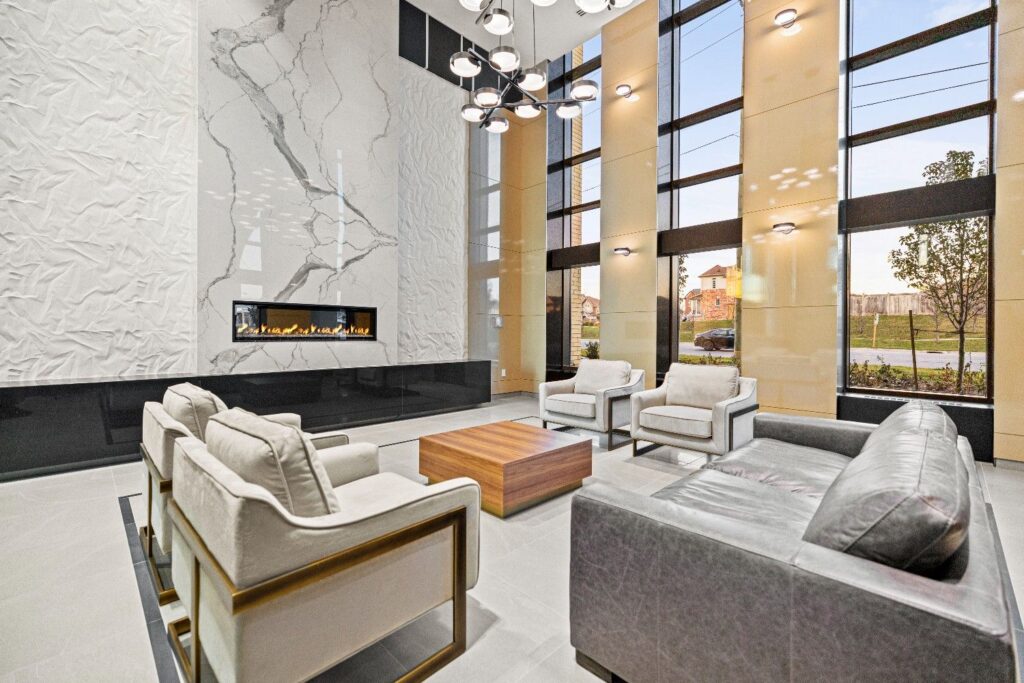The choice between a 360-degree virtual tour and a 3D virtual tour in real estate depends on various factors, including the property type, target audience, budget, and marketing objectives. Both options offer unique benefits, and the decision should align with the specific goals of the real estate marketing strategy. Let’s explore the characteristics of each to help you determine which might be better for a given scenario:

1. 360-Degree Virtual Tours:
Pros:
- User-Friendly: 360-degree virtual tours are generally more straightforward and user-friendly for viewers. They can navigate through the property by clicking and dragging, providing an immersive experience without a steep learning curve.
- Wider Compatibility: 360-degree tours are often compatible with a wide range of devices, including smartphones, tablets, and desktop computers. This accessibility can be advantageous for reaching a broader audience.
- Cost-Effective: Creating 360-degree virtual tours may be more budget-friendly compared to 3D tours, making them a practical choice for real estate professionals with cost constraints.
Cons:
- Limited Depth Perception: While immersive, 360-degree tours may lack the depth perception that 3D tours can provide. Viewers may not have a clear understanding of the spatial relationships between objects in the property.
- Less Interactive: Compared to 3D tours, 360-degree tours may be perceived as less interactive since viewers are essentially navigating through a series of panoramic images rather than a fully rendered 3D space.
2. 3D Virtual Tours:
Pros:
- Realistic Depth and Spatial Perception: 3D virtual tours offer a more realistic sense of depth, allowing viewers to better understand the layout and spatial relationships within the property. This can be particularly beneficial for larger or more complex spaces.
- Interactive and Engaging: 3D tours often provide a more interactive experience. Viewers can virtually “walk through” the property, giving them a sense of control and engagement.
- Potential for VR Integration: 3D tours can be compatible with virtual reality (VR) technology, offering an even more immersive experience for users equipped with VR headsets.
Cons:
- Higher Costs: Creating a 3D virtual tour typically involves more advanced technology and may come with higher production costs compared to 360-degree tours. This might be a consideration for real estate professionals with budget constraints.
- Learning Curve: Some viewers may find the navigation in 3D tours to be more complex, requiring a short learning curve to fully enjoy the experience.
Conclusion:
Ultimately, the choice between a 360-degree virtual tour and a 3D virtual tour depends on the specific needs of the property and the preferences of the target audience. For smaller properties or those with a limited budget, a 360-degree tour might be sufficient. On the other hand, larger and more high-end properties may benefit from the immersive and realistic experience offered by 3D virtual tours. It’s advisable to assess the property’s unique characteristics, the target market, and the marketing budget before making a decision. Some real estate professionals also opt for a combination of both types to cater to a broader audience.
